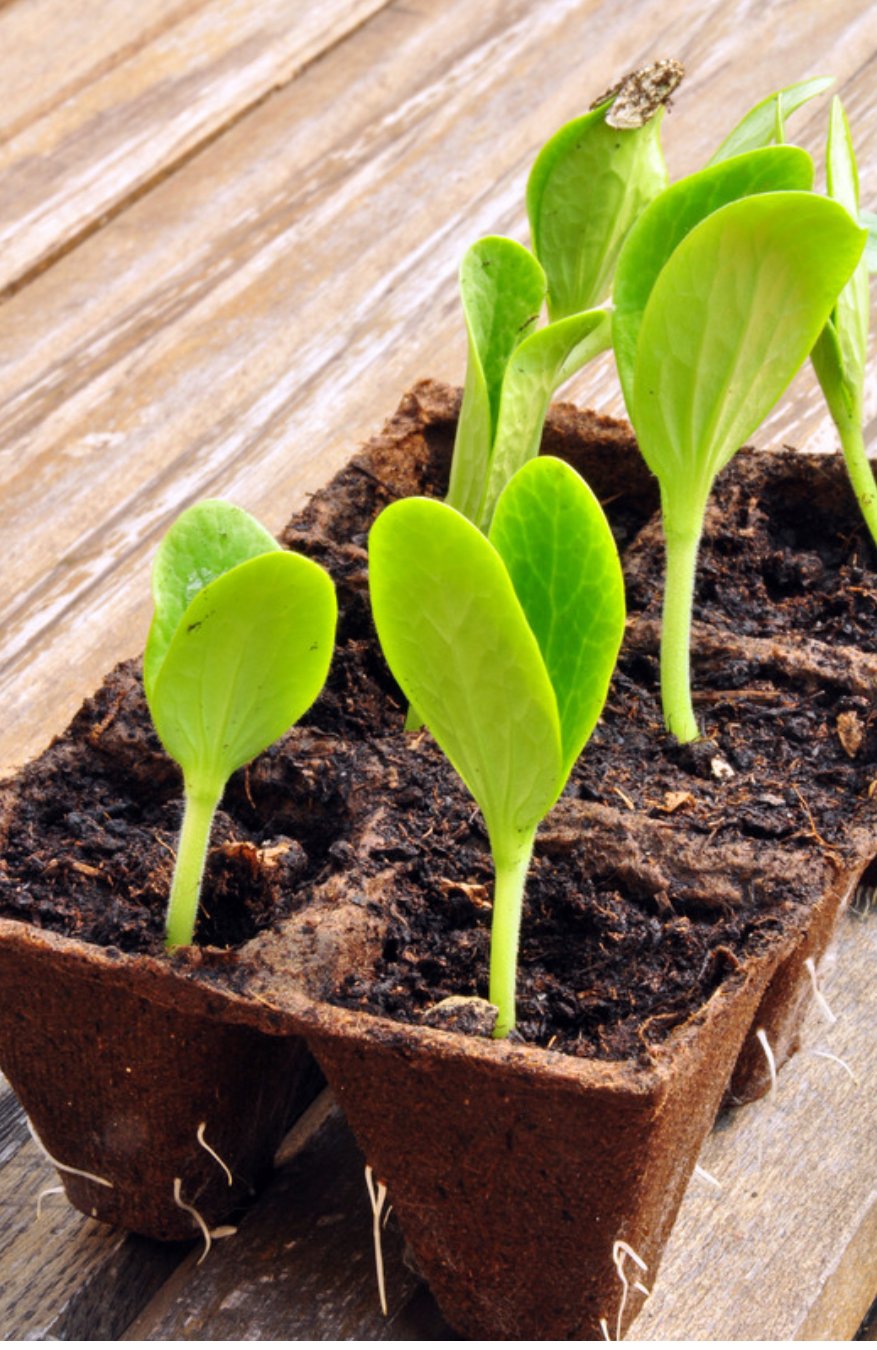Summer Squash and Zucchini
Cucurbita pepo
A Basic Growing Guide
Description
The best greeting I receive from my garden is on that first day my squash decides to flower, as if the sun decided to bloom instead of rise that morning. Summer squash is the garden's sunshine, bringing a splash of color and a bounty of flavors to your summer meals. Whether you favor the classic zucchini, the vibrant yellow crookneck, or the quirky pattypan, summer squash is a versatile vegetable that's easy to grow and delightful to eat. Native to the Americas, these prolific plants produce tender, edible fruits all summer long. And they are packed with vitamins A and C, fiber, and antioxidants.
Some Common Varieties
Zucchini: The classic green squash, known for its mild flavor and tender texture.
Calabacita: Also called Mexican Zucchini, they are greyish-green and speckled, and more round or bulbous.
Yellow Crookneck: Bright yellow with a slightly bumpy skin and a curved neck, great for sautéing.
Pattypan (Scallop Squash): Small, round, and flattened like a flying saucer, with a nutty flavor.
Straightneck: Similar to crookneck but with a straight shape, and a smooth or slightly bumpy skin.
Summer Squash Through The Season
Planting Instructions
Light Requirements
Summer squash needs full sun, requiring at least 6-8 hours of direct sunlight per day.
When
Plant summer squash after the danger of frost has passed, typically in mid April to mid-May in Middle Tennessee.
Seed or Transplant?
Either way! Start seeds indoors 3-4 weeks before frost or plant directly into the garden outside. Since the seeds are larger than many other garden seeds, this can be a fun task to have children help with.
Depth
Plant seeds 1 inch deep.
Spacing
18-24 inches apart, closer if climbing vertically. These plants get big! So we highly recommend vertical growing, or spilling off the side of a raised bed.
Growth Habit
Summer squash plants are bushy and spread out, though some varieties may have a semi-vining habit and can be trained up a sturdy trellis. Vertical growing can also help with the pest pressure since they can’t hide on the undersides of the leaves from predators.
Tending
Watering
Water squash deeply and regularly, about 1-2 inches per week. Keep the soil consistently moist but not waterlogged. Try not to spray the leaves, gently lift to water the soil underneath.
Common Pests and Treatments
Squash Bugs
Brown, shield-shaped bugs that suck sap from leaves. The adults look and smell similar to stink bugs, but lighter brown. The light grey nymphs and tiny brown eggs hang out on the undersides of the leaves. Hand-pick using gloves and throw into soapy water. Grow vertically to expose them to natural predators.
Cucumber Beetles
Yellow-green beetles with black spots or stripes. Use row covers and neem oil, or hand-pick and drown in a bucket of water.
Squash Vine Borer
Adult moths emerge from the ground usually around mid-June and lay tiny reddish eggs on the stem of the plant. Once hatched, the larvae bore inside the stem and grow and feed until the stem eventually splits and your plant dies. What to do? You can hunt daily for the eggs and destroy, inject the stems of your squash plants with 1ml BT every 7 days, or replace your squash plants when they succumb to the pest. Many gardeners regularly sow squash seeds behind their squash plants so there are new plants ready to climb when the squash vine borer destroys the older plant.
Common Diseases and How to Treat
Powdery Mildew: White, powdery spots on leaves. Ensure good air circulation and treat with sulfur spray.
Downy Mildew: Yellow and brown spots on leaves. Remove affected leaves.
Learn more about preventing and treating common plant diseases in Tennessee
Feeding/Fertilizing
Apply a balanced organic fertilizer every 3-4 weeks, such as GardenTone.
Pruning
Pruning is not usually necessary, but removing any damaged or diseased leaves can help improve air circulation and plant health.
Harvesting
When
Harvest summer squash when the fruits are still young and tender, typically 4-8 inches long for zucchini and yellow squash, or 3-4 inches in diameter for pattypan. We have all left squash on the vine for too long at some point in our lives. If this happens, don’t fret, make zucchini bread with that giant squash.
How
Cut the fruit from the plant with a sharp knife or pruners, leaving a small stem attached. Regular harvesting encourages more production.
Then What?
After harvesting, summer squash should be stored in a cool, dry place and used within a week for the best flavor and texture. Regular harvesting will promote continued fruiting throughout the season.
Summer Squash Recipes
Provencal Tian (Eggplant, Zucchini, Squash, and Tomato Casserole)









